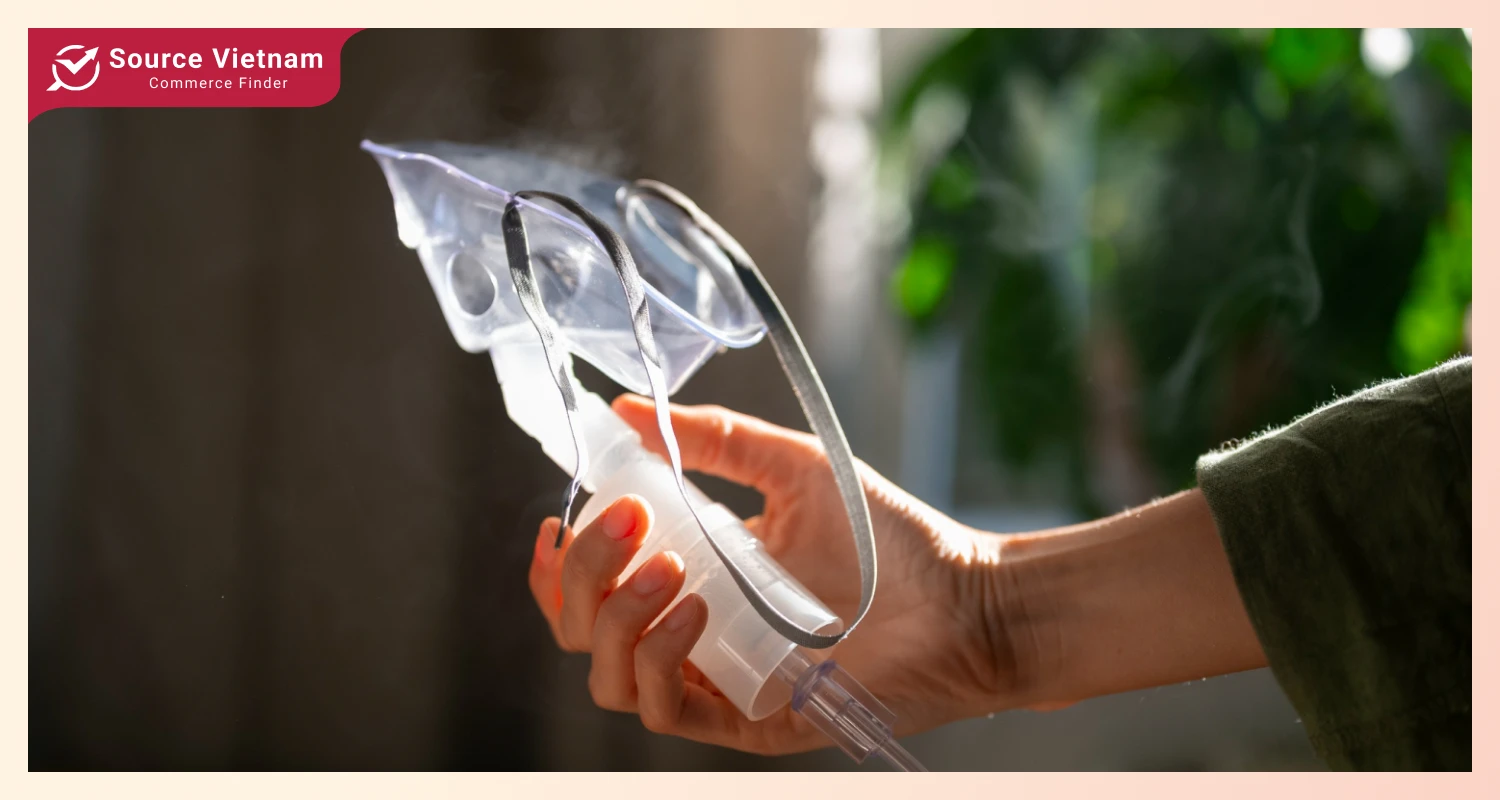Insight:
- The Asia-Pacific CPAP market is proliferating due to increased awareness of sleep apnea, technological advancements in CPAP devices, and a shift towards home-based healthcare.
- However, underdiagnosis, high cost, and poor patient compliance must be addressed to ensure everyone can access this vital therapy.

Sleep health revolution: Asia-pacific CPAP market projects 8.3% growth
Sleep disorders are gaining attention from more and more individuals, leading to a very impressive growth of the CPAP (Continuous Positive Airway Pressure) market. CPAP therapy is one of the most important treatments for sleep apnea that helps people breathe more easily during sleep.
The ongoing Bridge Market Research analysis determined that the Asia-Pacific CPAP devices market recorded $552.37 million in 2023. It is projected to be $1,032.72 million by 2031, growing at a CAGR of 8.3% from 2024 to 2031.

The CPAP market is increasing driven by many factors. First is the rising prevalence of sleep apnea. Awareness of sleep apnea and its associated health risks has increased demand for CPAP devices. This is particularly significant given the region’s large and aging population, coupled with rising obesity rates and changing lifestyles.
CPAP machines are getting more comfortable and easier to use! Many now come with features like automatic pressure adjustments and built-in humidifiers. Some can even connect to your smartphone! These improvements help people use their CPAP machines more consistently and get better results from their treatment.
So, the healthcare industry is also indispensable in the growth of the CPAP market. These days, there are a lot of people who care about health and buy gadgets to follow at home. Driven by the convenience and cost-effectiveness associated with home care, plus advancements in technology that make remote monitoring and support increasingly viable, this trend toward out-of-hospital care can be seen throughout the region. This change is conducive to the availability of CPAP devices for in-home sleep apnea treatment.

And that fourth piece is an investment, more funding. Public and Private Investments for Healthcare Infrastructure and Research are boosting the market growth. That means money for sleep clinics dia, diagnostic centers, and lab studies about patients with disorders.
The CPAP Market in Asia-Pacific Region is witnessing amazing growth. This is fueled by the growing incidence of sleep disorders, such as obstructive sleep apnea (OSA), which can be treated using CPAP therapy. The market is seen to have growth potential in the long term.
What trends will shape the CPAP market in the Asia-Pacific region?
CPAP devices are getting more enhanced and high-tech. Now, you can connect them to your smartphone, and doctors can check information on your sleep from afar. This makes it easier to get the most out of your CPAP therapy.
The machines themselves are getting more comfortable, too. They’re smaller and quieter, and the masks fit better. Some can even adjust the air pressure automatically so you can sleep soundly all night long. All these improvements are helping people use their CPAPs more often and finally get a good night’s rest.

The changing of customers’ needs is also a factor that shapes the CPAP market. CPAP users want convenience and comfort. They like using their CPAP machines at home, thanks to new technology that lets doctors check on them remotely. More people are also aware of sleep apnea, so more people are getting diagnosed and need CPAP therapy. Finally, people want a CPAP experience that fits their needs, with masks, settings, and features that work best for them.
The CPAP market is changing in some important ways. Companies are researching more to create better CPAP machines and help people sleep better. They are also working together to reach more people who need CPAP therapy. More people in developing countries are using CPAP machines now that they have more money and better healthcare. This means that CPAP therapy is becoming more focused on the patient, more advanced, and easier to get.
The potential and challenges of the CPAP market in the Asia-Pacific region
The potential of the CPAP market
With the dynamic in the market, CPAP has many opportunities for this increase in the future. As healthcare improves in developing countries in the Asia-Pacific region, more and more people are being diagnosed with sleep apnea and getting the treatment they need. This means more consumer has demand using CPAP devices. Also, people spending more on their health can afford these machines. This supports CPAP market growth quickly.

With the development of technologies, many CPAP machines are getting better and easier to use. The new technology makes the devices quieter and more comfortable when used. Some machines can even track your sleep and adjust the air pressure automatically. These improvements make it easier for consumers to use CPAP therapy and get a good night’s sleep.
Widespread occurrence of this condition has led to demand for CPAP machines because an aging population and the switch in lifestyle have led to an increased rate of sleep apnea, primarily driving this rise in sleep apnea cases in the Asia Pacific area has witnessed an increase.

That is partly due to growing recognition of the health threats position by sleep apnea. As a result, CPAP therapy is being diagnosed and treated in larger numbers. CPAP technology is always improving, with less cumbersome devices and more user-friendly for home use.
As the CPAP market continues to grace most Asia-Pacific nations and more customers wish to handle their health from home, it simply suggests that ease of access in purchasing these devices using countless online platforms indicates a brilliant future for the area. Rising healthcare investments and greater accessibility to such equipment also fuel this promising expansion.
The challenges of the CPAP market
While the CPAP market in Asia shows promise, there are some challenges ahead. Many people with sleep apnea remain undiagnosed due to limited access to sleep clinics and a lack of awareness among doctors. This means many people who need CPAP therapy are not receiving it.

Another challenge is the cost of CPAP machines. They can be quite expensive, especially for people in lower-income countries. Even when people can afford the machines, many find them uncomfortable or noisy and stop using them. This low compliance rate can slow down market growth.
Finally, the lack of health insurance coverage for CPAP therapy and fake CPAP machines pose further challenges. These factors can limit access to safe and effective treatment for sleep apnea.
Conclusion
The CPAP market in Asia-Pacific is booming due to rising sleep apnea rates, greater awareness, and comfy tech. However, challenges like underdiagnosis, cost, and discomfort remain. Despite this, the future looks bright, with innovation and better access driving growth and relieving millions.















